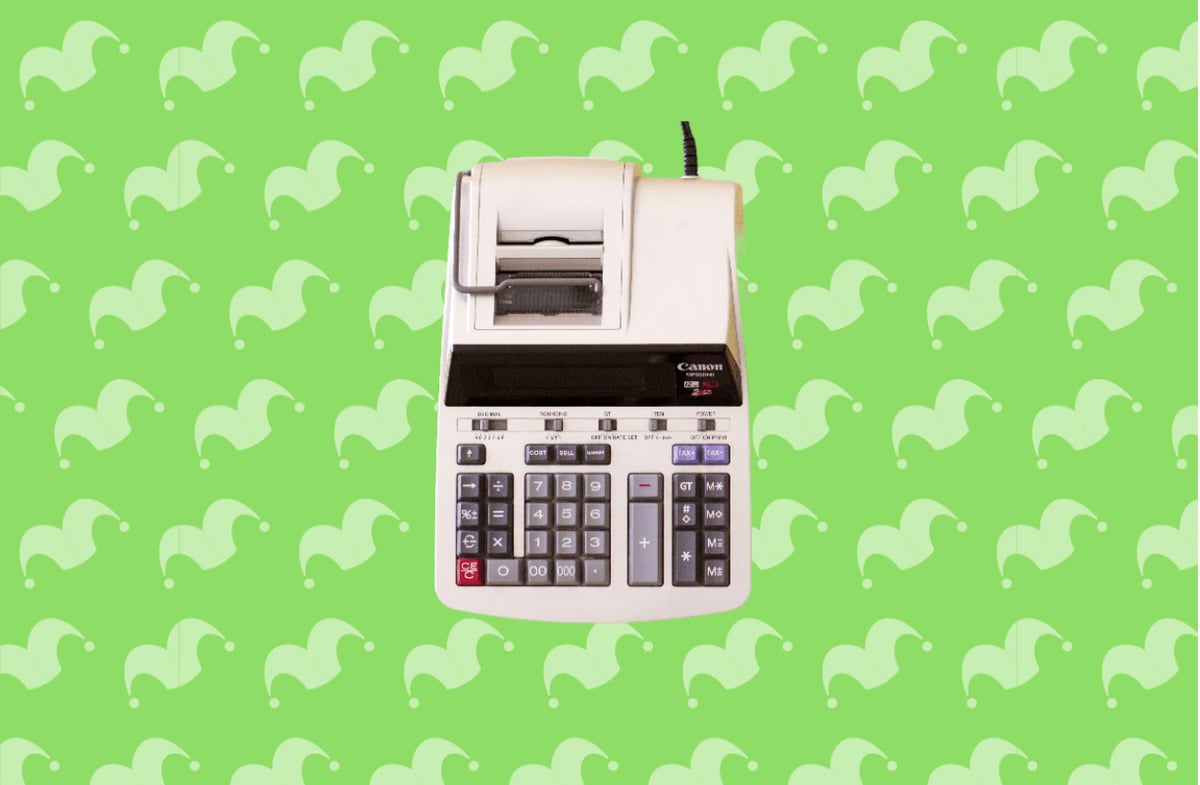Don't Even Think About Starting a Small Business Until You Grasp These Accounting Concepts
If you're starting a small business, you already have a lot on your plate. Read on for a few terms to gain familiarity with first.

Unless you're an experienced accountant, taking on the accounting duties of a small business can feel daunting. The first step in preparing yourself for the job is to become familiar with basic accounting concepts. Here, we break down some of the most important concepts for you.
At its core, accounting is all about keeping track of how much money is coming in and how much is going out. Fortunately, there are plenty of accounting software options available to help. But whether you work with accounting software or not, it pays to know the following terms.
Generally Accepted Accounting Principles (GAAP)
According to the U.S. Chamber of Commerce, GAAP is a set of rules that most U.S. companies are expected to follow. These rules provide guidelines for how to track, measure, and report on how your company is doing.
Cash-basis accounting
The two most common accounting methods are accrual accounting and cash-basis accounting. Cash-basis accounting is quite basic: As income is received, you record how much comes in. When expenses are paid, you record how much you spent. It couldn't be any easier. In fact, it's so simple an accounting method that it's often preferred by small business owners.
The only downside to cash-basis accounting is that it may provide a misleading picture of your business's performance. Let's say you've billed a customer for a large job, but you won't receive payment for a month. In the meantime, you've ordered new inventory, so it looks like you have far more money going out than coming in.
While cash-basis accounting isn't perfect, it works quite well for most businesses.
Accrual-basis accounting
What about the other common accounting method, accrual-basis accounting? Unless your business earns more than $25 million in revenue, you are not required to use accrual-basis accounting. If you're fortunate enough to make it big and start bringing in that kind of money, here's how it works: Instead of recording income when it's received, you log it into your books when you bill it.
The tricky bit is that you may end up paying taxes on money that hasn't hit your business checking account yet, but it does provide an accurate long-term picture of your company's financial standing.
Accounts payable
Any outstanding bills you owe vendors are considered part of your accounts payable. The money you owe must be weighed against your business assets and income to draw an accurate picture of your cash flow.
Accounts receivable
Accounts receivable refers to all the money your business is owed by customers or clients. You typically track accounts receivable by invoices that specify payment terms, so you'll know when to expect payment.
Profit and Loss (P&L) statement
If you have an outside accountant working for you, are working with a tax professional to prepare your taxes, or are applying for a business loan, you'll be asked for a P&L statement. In short, a P&L statement provides an overview of your company's profitability. It lists your income, expenses, cost of goods sold, gross margin, profit, and other key pieces of financial information over a specific period of time.
Balance sheet
A balance sheet shows your company's assets, liabilities, and capital, all of which are used to determine its worth. You should be able to look at your business's balance sheet and immediately get a picture of its current financial standing.
Cash flow statement
A cash flow statement allows you to keep track of your company's financial activity. It lists and categorizes each time money comes in and each time money is spent, line by line.
These terms certainly don't represent all there is to know about small business accounting, but they're a good starting point. As you dive into small business accounting, you'll find yourself counting on these records and reports to keep your business on track and, hopefully, help it grow.
Alert: highest cash back card we've seen now has 0% intro APR until 2025
This credit card is not just good – it's so exceptional that our experts use it personally. It features a 0% intro APR for 15 months, a cash back rate of up to 5%, and all somehow for no annual fee!
Click here to read our full review for free and apply in just 2 minutes.
We're firm believers in the Golden Rule, which is why editorial opinions are ours alone and have not been previously reviewed, approved, or endorsed by included advertisers. The Ascent does not cover all offers on the market. Editorial content from The Ascent is separate from The Motley Fool editorial content and is created by a different analyst team.Dana George has no position in any of the stocks mentioned. The Motley Fool recommends Flow. The Motley Fool has a disclosure policy.























